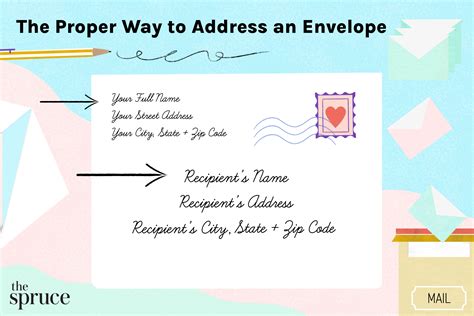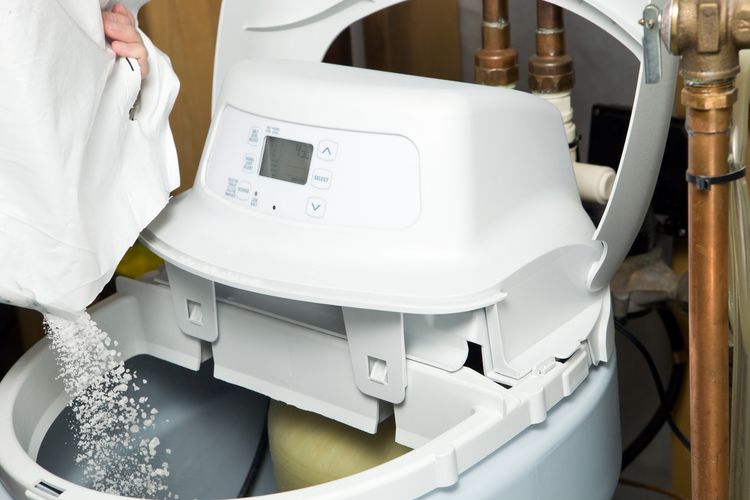
Addressing an envelope properly is an essential skill for sending mail. Whether you’re mailing a letter to a friend, a business associate, or an overseas location, it’s important to follow the correct format to ensure your mail reaches its intended recipient without any issues. In this guide, we’ll walk you through the basics of addressing an envelope and provide samples for different scenarios.
The Basics of Addressing an Envelope
When addressing an envelope, there are a few key elements you need to include:
- Recipient’s name
- Street address
- City, state, and ZIP code
Make sure to write legibly and use a pen or permanent marker that won’t smudge. Here’s a sample format to follow:
Sample Address:
John Smith
123 Main Street
Anytown, USA 12345
Addressing a Business Letter
When addressing a business letter, you may need to include additional information such as the recipient’s job title or department. Here’s an example:
Sample Address:
ABC Company
Attn: Jane Doe
456 Business Street, Suite 789
Cityville, USA 54321
Addressing Mail to Overseas Military Installations
If you’re sending mail to an overseas military installation, there are specific guidelines to follow. Include the recipient’s full name, the unit or CMR (Community Mail Room) number, the APO/FPO (Army Post Office/Fleet Post Office) address, and the appropriate ZIP code. Here’s an example:
Sample Address:
John Smith
Unit 1234, Box 5678
APO AE 12345-6789
Mailing to Other Countries
When sending mail to other countries, you’ll need to include the country name in the address. Ensure that you use the correct international postal code format. Here’s an example:
Sample Address:
Maria Lopez
456 International Street
Cityname, Country
Postal Code
Addressing Mail to PO Boxes
When sending mail to a PO Box address, follow a slightly different format. Include the recipient’s name and the PO Box number instead of a street address. Here’s an example:
Sample Address:
Jane Johnson
PO Box 789
Cityville, USA 54321
By following these guidelines and using the appropriate address format, you can ensure that your mail arrives at its intended destination accurately and promptly. So, next time you prepare to send a letter or package, remember the proper way to address an envelope for a smooth and successful delivery.
Frequently Asked Questions about Addressing Envelopes
1. Should I include my return address on the envelope?
Yes, including a return address is highly recommended. It allows the postal service to return the mail to you in case it cannot be delivered to the intended recipient. Place your return address in the top left corner of the envelope.
2. Can I abbreviate street names and state names in the address?
While it’s generally acceptable to use standard abbreviations for street names (e.g., “St.” for “Street” or “Ave.” for “Avenue”), it’s best to avoid abbreviating state names. Write the full name of the state in uppercase letters to ensure accurate delivery.
3. How should I format the recipient’s name on the envelope?
When addressing an envelope, it’s customary to use the recipient’s full name. Avoid using nicknames or abbreviations unless they are commonly used by the recipient. If the recipient has a professional title, you may include it on a separate line below their name.
For example:
Dr. Sarah Davis
123 Medical Street
Cityville, USA 54321
Remember to always double-check the spelling of the recipient’s name and ensure it matches their official records.
Addressing envelopes correctly is a simple yet crucial aspect of mail etiquette. By following these guidelines and addressing the envelope accurately, you can ensure your mail reaches its destination smoothly and efficiently.






